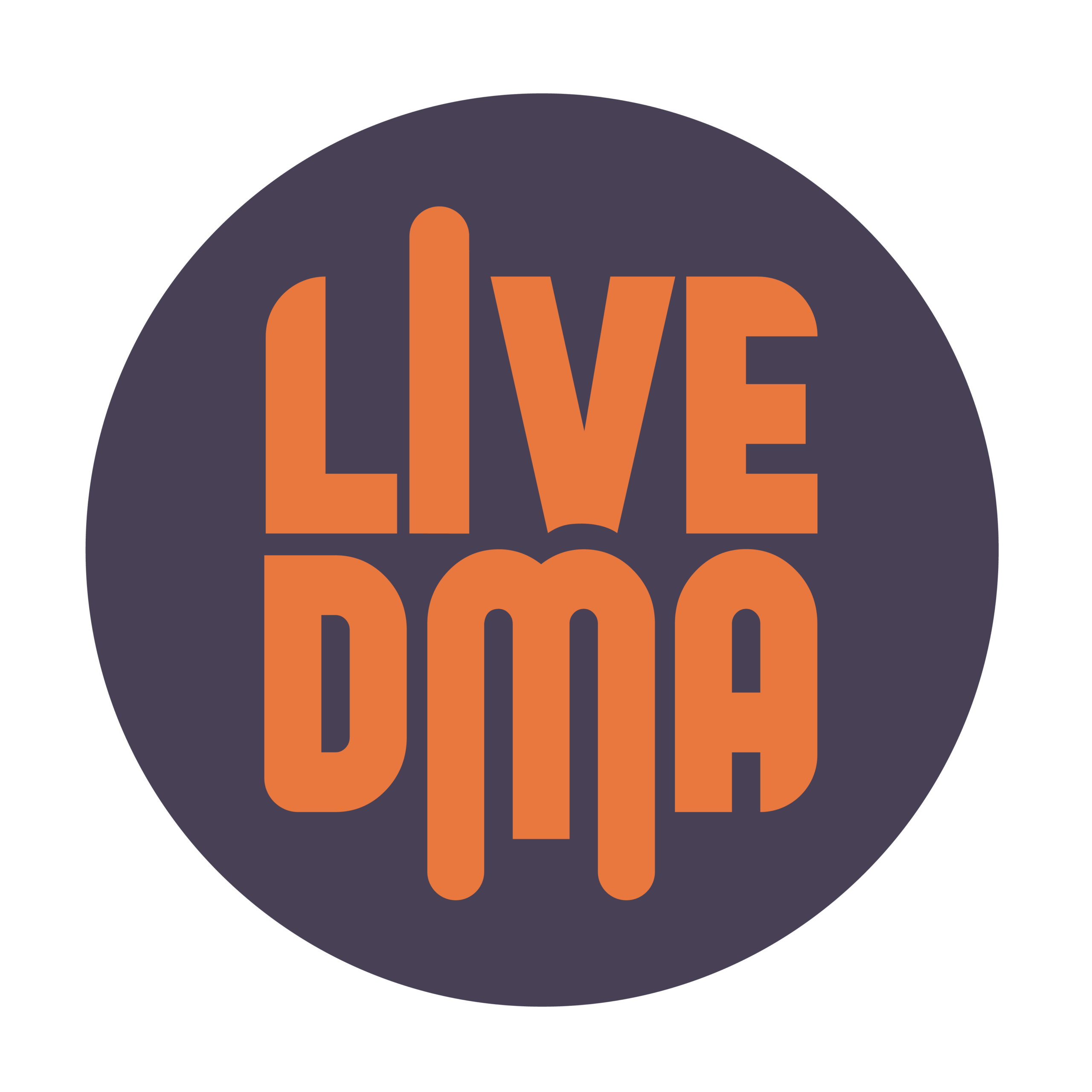Creative Lenses is a project coordinated by Trans Europe Halles, European network or cultural centres.
Co-funded by the Creative Europe Programme of the European Union, the project aims to make arts and cultural organisations more resilient and sustainable by improving their business models and developing their long-term strategic and innovation capacities.
This case study focuses on P60, live music venue based in Amselveen, The Netherlands who faced the need to rethink their business model as a result of cuts in public funding. In order to conduct this case study, P60 received financial support and mentoring from the Creative Lenses project.
This research project is on the one hand very pragmatic as it goes straight to the point and analyses the necessary changes the venue has to undertake in order to make significant and durable changes for their financial stability. On the other hand, it also questions the relationship of the organisation’s cultural mission and values and the need to produce sufficient income and, hence, being confronted to commercial practices.
The detailed report of the case study is available here:
[button url=”https://live-dma.eu/wp-content/uploads/2019/04/Creative-Lenses-P60.pdf”_blank »]Creative Lenses Case Study P60[/button]
For this particular Creative Lenses case study, three main areas have been identified:
1 | Audience Research
The study acknowledges the importance of accessibility to culture and a public funded cultural organisation’s mission to implement actions towards audience development in terms of ensuring accessibility to a broad range of social groups.
However, this first action of the case study focuses on audience development in terms of undertaking projects that augment and/or personalise the audience experience as a way of increasing revenues.
In order to follow the rules of a marked-led approach (designing the cultural offer around expressed preferences of certain audiences), P60 analysed their current audiences and their preferences with the long-term goal in building a strategic plan to increase the percentage of return visitors and their average spending.
This research allowed distinguishing between different audience types. An ‘important’ audience are, for instance, kids between 12-15, while a ‘target’ audience are young adults and music lovers due to their propensity to spend money on tickets and at the bar.
This audience research allows the venue to make changes in programme according to its cultural and financial priorities.
2 | Developing Audience Loyalty
Based on the results of the audience research, the second action aims to encourage the already existing audiences of the venue to visit and spend more, as opposed to broaden the audience.
Several mechanisms have been imagined, such as providing additional services, offering concertgoers reduced prices at the in-house café/restaurant, and setting up a loyalty scheme.
3 | Digital Infrastructure
Changes and investments in the ticketing system seemed necessary in order to allow the venue to access to an enhanced customer relationship management software which allows to directly communicate with the audience and have better views on ticketing reports.
Investing in a higher performing ticketing service is also linked to the audience research as the reports will allow identifying target audiences and their preferences.
Disclaimer: The information and pictures used in this post are drawn from the Creative Lenses – Catalyst Programme Case Study P60. This post intends to inform about the findings of the report.

